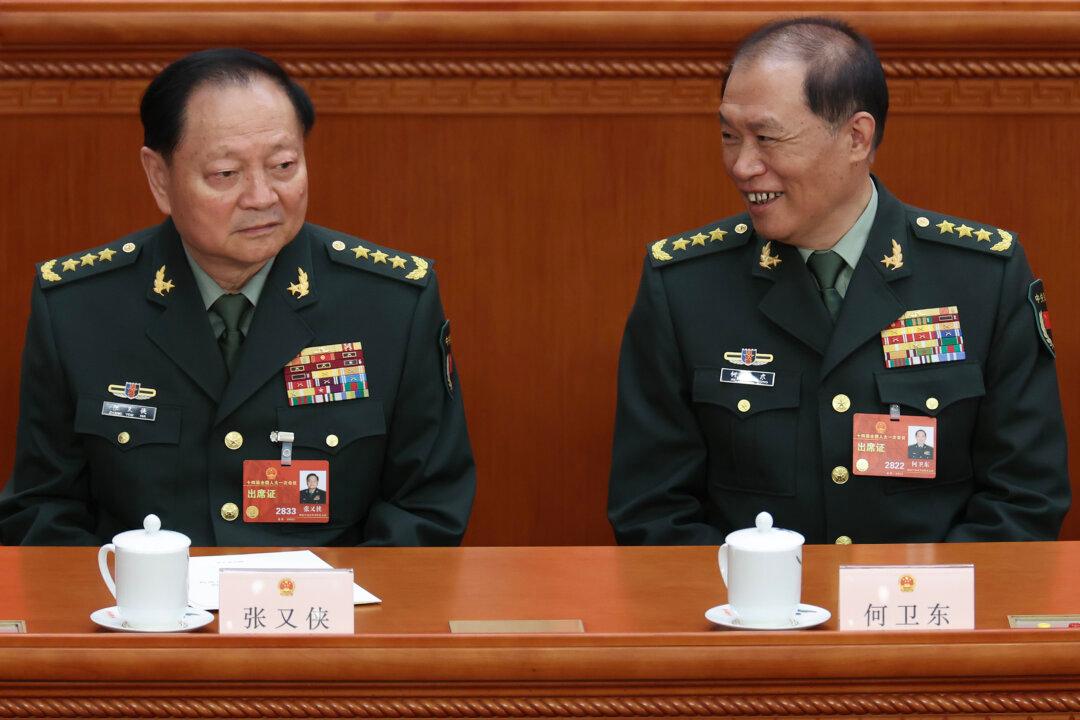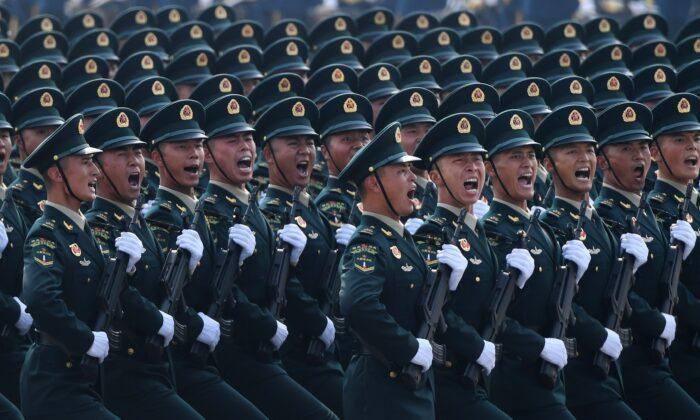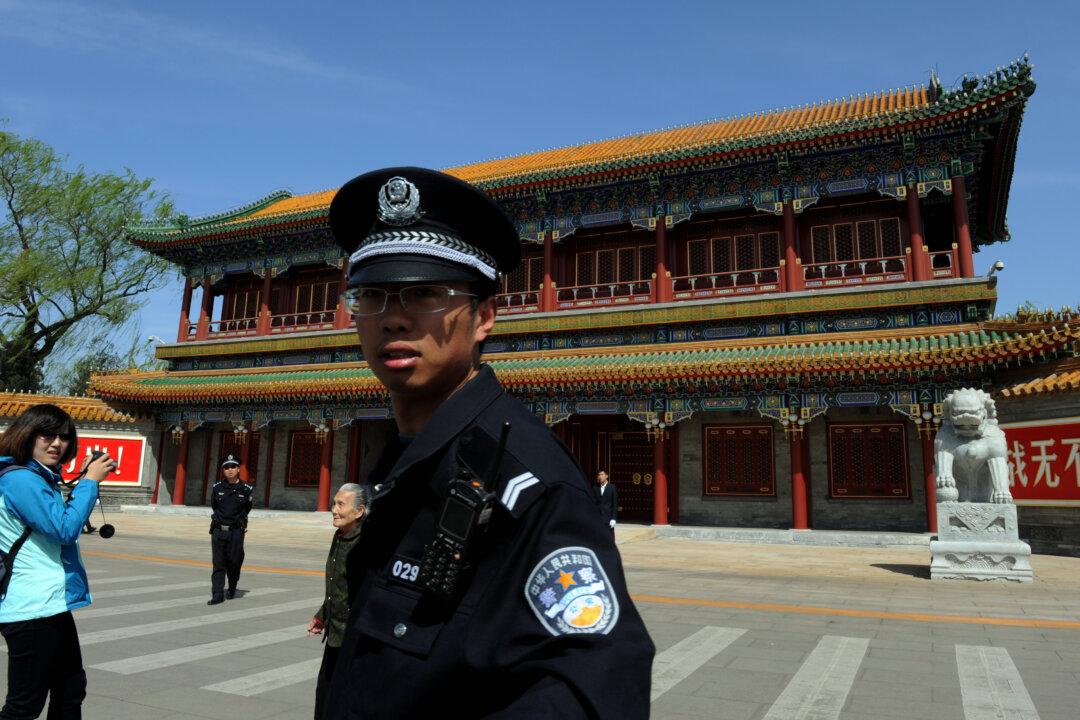“A 200-meter-long queue, 8-hour-wait-time, just for a Popeyes fried chicken,” a Chinese news outlet described the huge fanfare at Popeyes’ flagship store in Shanghai on its opening day. Three years later, the once-sizzling brand has shuttered all its stores in China.
Unexpected Headwinds
Popeyes, an American multinational fast food and fried chicken brand with about 4,000 stores worldwide, encountered strong headwinds in China in recent years. After failing to meet expectations, the chain discontinued all store operations in the country.Lu Yuanxing, a U.S.-based political and economic analyst and former marketing executive said the failure of Popeyes’ stores in China was due to two reasons.
“First, Popeyes caught up with the timing of the epidemic in China, and the Shanghai city lockdown had a huge impact on it,” Lu told The Epoch Times on April 26.

After the outbreak of COVID-19, the Chinese Communist Party (CCP)’s harsh zero-COVID policies, combined with urban lockdowns and disruptions in social activity, brought about an overall decline in the national economy.
“The second is that China’s economic downturn [exceeded] many people’s expectations after the lifting of the curbs. People had been expecting a rebound and recovery in spending, but that did not happen.”
In December 2022, China eased pandemic restrictions and the virus exploded. With consumers’ buying power shrinking further, the Chinese became frustrated with the country’s economic outlook.
A Sizzling Start
Popeyes’ flagship Chinese store debuted on bustling Huaihai Zhong Road in Shanghai, on May 15, 2020. Turkish company TAB Foods Investments, the Chinese partner of Popeyes owner Restaurant Brands International, hoped to copy the success of rival KFC, which had thousands of locations in China.Popeyes’ future looked positive despite the burgeoning pandemic. According to a report by Chinese state media National Business Daily, people lined up as early as 5 a.m. for a taste of the brand’s signature Louisiana recipe. Customers stood for up to eight hours in a line that stretched for blocks.
COVID-19 Slows Popeyes’ Growth
With a vision of business prosperity in China, TFI set a goal to open 1,500 stores in the country within ten years. But over the next two years, due to the pandemic, Popeyes was unable to achieve a large-scale expansion, merely opening nine stores in Shanghai and the neighboring provinces of Jiangsu and Zhejiang.In August of 2022, as Chinese local authorities maintained strict zero-COVID measures, TFI shut down seven stores. Its remaining two stores closed their doors in March and April of 2023, respectively.
This is not the first time Popeyes has suffered a setback in China.
Spending Slumps
“Before the epidemic, Popeyes was popular when it opened stores in Shanghai,” said Lu, adding that “Shanghai residents, especially the white-collar and high-income class,” were able to afford Popeyes’ prices, which were mid-to-high end for fast food.“But unfortunately, the epidemic and the subsequent economic decline made this pricing [model] unsuccessful,” Lu said.
The CCP’s strict prevention and control policies in response to the epidemic heavily impacted the Chinese economy.

Hoping for a Comeback
On March 30, Popeyes closed a deal with TH International Limited (Tims China), which acquired the exclusive rights to develop and sub-franchise the Popeyes brand in China and Macau. Tims already operates the Tim Hortons donut and coffee chain in China.Tims China is currently repositioning the brand, menu, and store layout and plans to relaunch the Popeyes brand in the second half of this year, according to the Chinese news portal Sina on April 24.
Whether the third time is the charm for Popeyes in China remains to be seen, Lu said. “It’s good if the new agent can fix a lower price, but if it keeps the same positioning, I think it’s still hard to succeed.”
Popeyes is a household fast-food name in the United States. For most Chinese, however, it is seen as a medium to high-price brand, and “quite different from what the Chinese masses can often afford to spend for now.”





